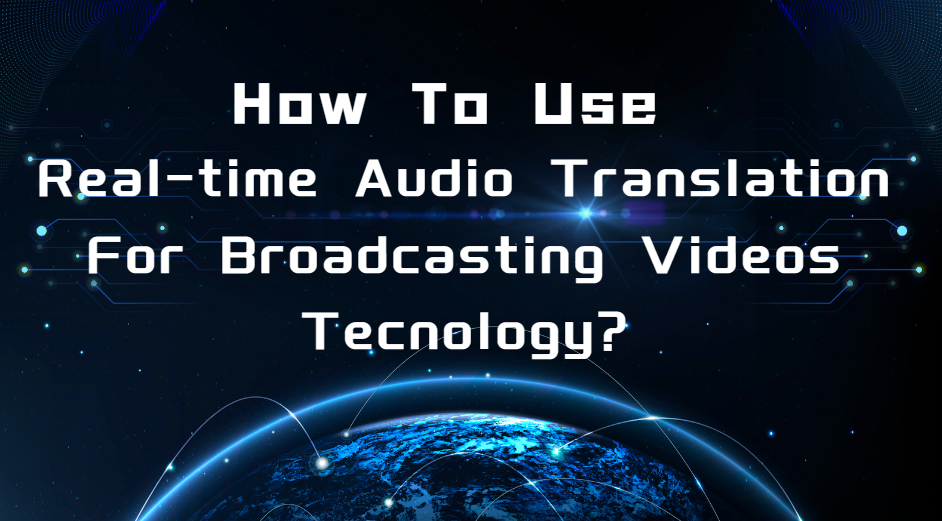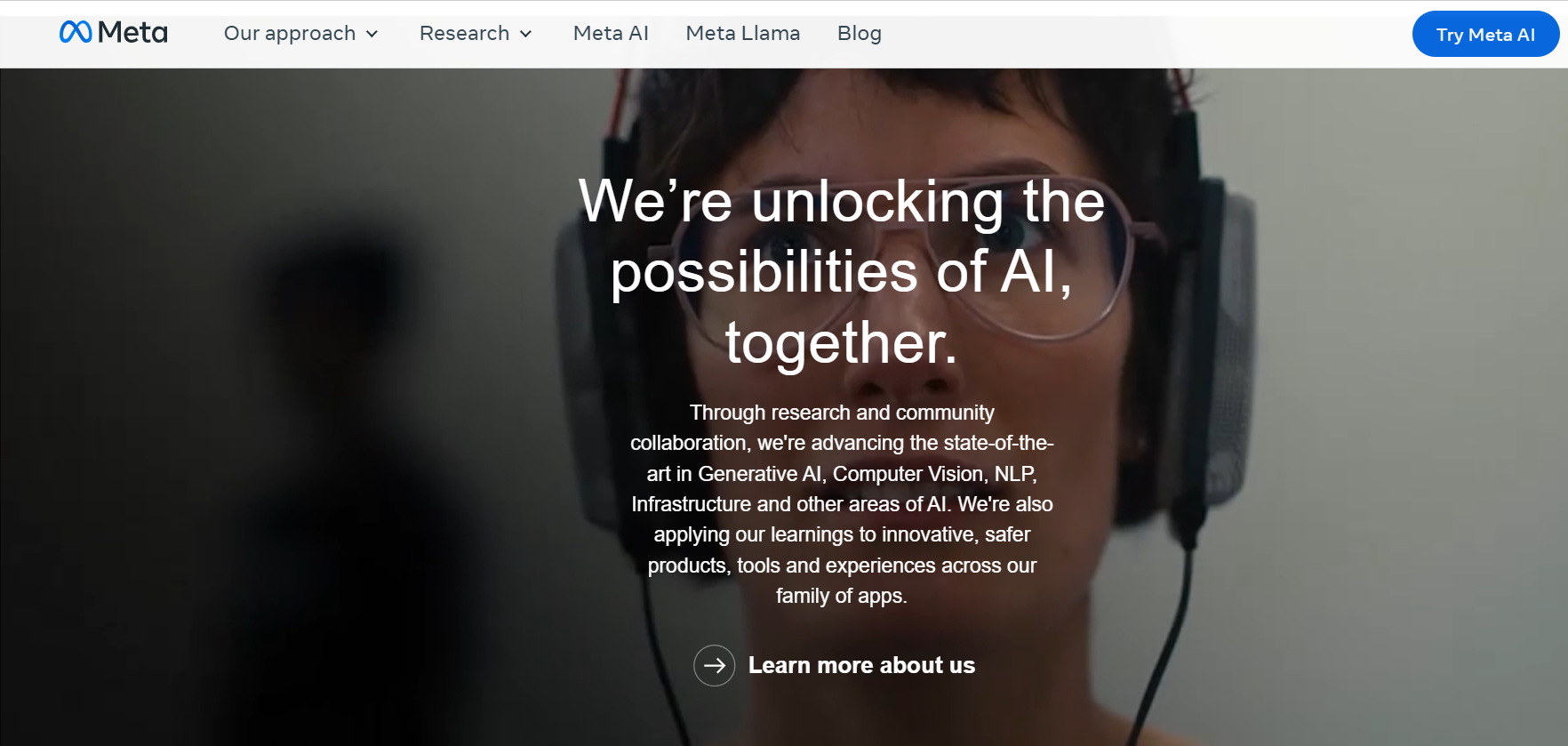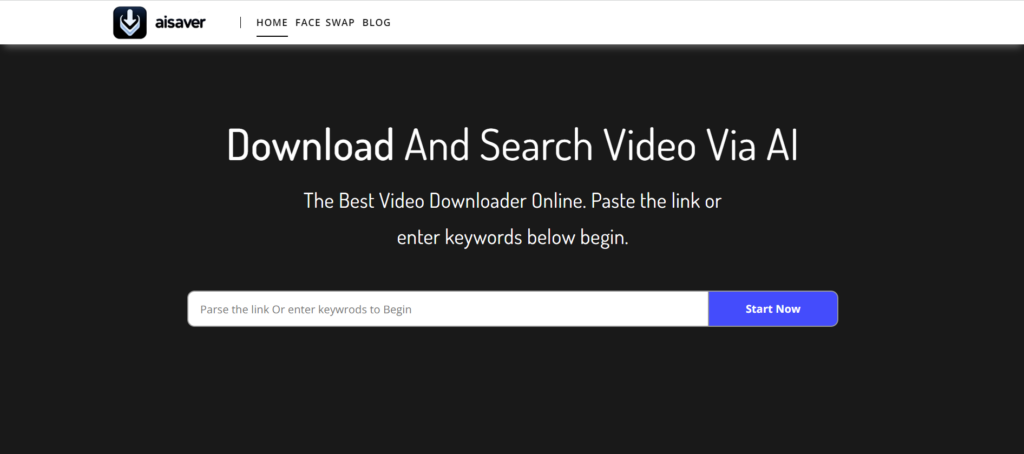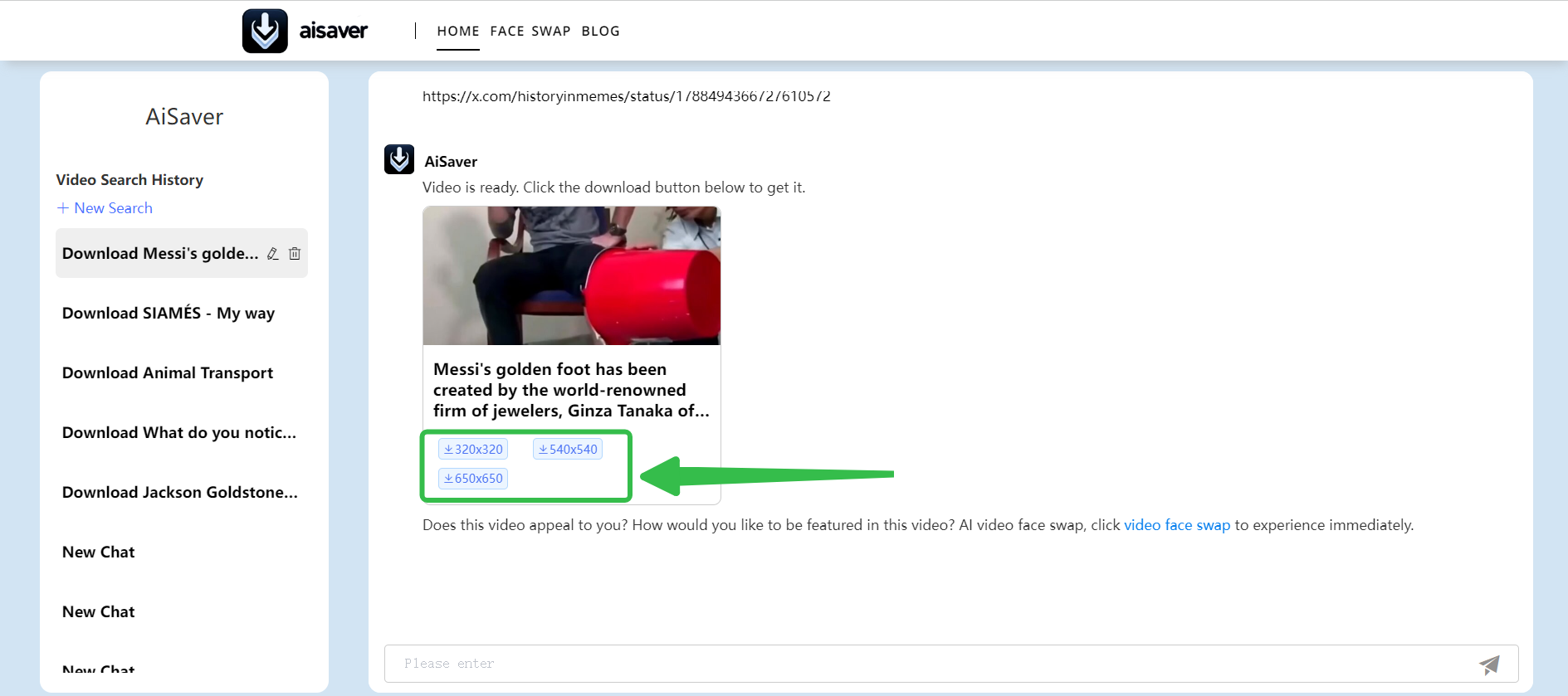
Unlocking the power of real-time audio translation for broadcasting videos using cutting-edge technology for video playback. Understand the principles and applications behind this innovative solution, as well as how the Meta AI platform promotes seamless integration. In addition, we can also explore more insights about using AI high-definition Saver to efficiently download videos. Optimize your content delivery and reach a wider global audience.
Contents
Introduction
Imagine a world where language is no longer a barrier to communication, where videos can transcend linguistic boundaries and reach audiences worldwide. Thanks to advancements in technology, particularly in the realm of AI, this vision is becoming a reality. Real-time audio translation for videos has emerged as a groundbreaking solution, revolutionizing the way we create, distribute, and consume multimedia content.
In this era of digital transformation, understanding the principles and applications of real-time audio translation technology is paramount. From its underlying mechanisms to its practical implications for content creators and viewers alike, the possibilities are both profound and far-reaching.
Real-time audio translation for broadcasting videos
As we navigate the ever-changing landscape of video broadcasting, one of the most revolutionary advancements to emerge is real-time audio translation technology. This innovation has completely revolutionized the way we communicate by breaking down language barriers and creating endless opportunities for content creators and viewers alike. By utilizing the power of real-time translation, videos can now be understood by audiences all around the world, marking a new era of accessibility in the broadcasting industry.
In this section, we will delve into the fundamental principles and practical applications of real-time audio translation technology for videos. By examining the underlying mechanisms and exploring its implementation, we will uncover the profound impact this groundbreaking technology is having on the way we communicate and consume content. Join us on a journey to uncover the transformative potential of real-time audio translation in the world of video broadcasting.
The principle and application of real-time translation technology
1.Principle of Real-Time Translation Technology:
- Real-time translation technology operates on complex algorithms and neural networks, primarily based on machine learning and natural language processing (NLP). The process involves several key steps:
- Speech Recognition: The technology first converts spoken words into text through advanced speech recognition algorithms.
- Language Identification: Once the text is transcribed, the system identifies the language spoken.
- Translation: Using sophisticated translation models, the system translates the text from the source language to the target language.
- Speech Synthesis: Finally, the translated text is synthesized into speech, enabling seamless communication in real-time.
2.Key Components of Real-Time Translation Systems:
- Neural Machine Translation (NMT) Models: These models leverage deep learning techniques to achieve more accurate and contextually relevant translations.
- Continuous Learning: Real-time translation systems often incorporate feedback loops to continually improve translation accuracy based on user interactions and corrections.
- Contextual Understanding: Advanced systems consider the context of the conversation, including tone, syntax, and semantics, to generate more nuanced translations.
3.Applications of Real-Time Translation Technology:
- Video Broadcasting: Real-time translation technology enables live subtitles or dubbing, making video content accessible to audiences speaking different languages.
- International Conferencing: Businesses and organizations utilize real-time translation services during conferences and meetings to facilitate multilingual communication.
- Language Learning: Language learners benefit from real-time translation tools to practice listening and speaking skills with native speakers.
- Travel and Tourism: Real-time translation apps assist travelers in overcoming language barriers while navigating foreign countries or communicating with locals.
Real-time translation technology holds immense promise in fostering global communication and collaboration. By understanding its principles and applications, we can harness its potential to break down language barriers and foster greater inclusivity in a diverse and interconnected world.
How to use real time translation for broadcasting videos developed by Meta AI?
Using real-time translation for broadcasting videos developed by Meta AI involves a structured process to ensure seamless integration and optimal performance. Here's a step-by-step guide on how to utilize this technology effectively:

1.Access Meta AI Platform:
- Start by accessing the Meta AI platform, either through a web interface or dedicated software application.
2.Upload Video Content:
- Upload the video content you wish to broadcast onto the Meta AI platform. Ensure that the video file format is compatible with the platform's requirements.
3.Select Translation Settings:
- Choose the languages you want to translate the audio into. Meta AI's platform typically supports a wide range of languages to cater to diverse audiences.
4.Configure Translation Options:
- Customize translation options according to your preferences. This may include selecting the level of translation accuracy, adjusting for regional dialects, or enabling additional features like voice modulation or speech synthesis.
5.Initiate Real-Time Translation:
- Once the translation settings are configured, initiate the real-time translation process. Meta AI's advanced algorithms will analyze the audio content in real-time and generate translated text or speech output accordingly.
6.Preview and Fine-Tune:
- Preview the translated content to ensure accuracy and coherence. Fine-tune the translation settings as needed to optimize the quality of the translated output.
7.Broadcast the Translated Video:
- With the translated content ready, proceed to broadcast the video to your audience. Whether it's through live streaming platforms, social media channels, or dedicated broadcasting networks, ensure that the translated video reaches the intended audience seamlessly.
By following these steps, content creators and broadcasters can leverage Meta AI's real-time translation technology to reach global audiences effectively and inclusively. Whether it's for entertainment, education, or communication purposes, real-time translation has the potential to enrich the viewing experience and foster greater cross-cultural understanding.
Extension point:How to download videos?
As we delve deeper into the realm of video broadcasting, another crucial aspect emerges: the ability to download and save videos for offline access. This functionality not only offers convenience but also ensures flexibility in consuming content anytime, anywhere. Fortunately, advancements in artificial intelligence have paved the way for innovative solutions that streamline this process.
One such solution is AI Saver, a cutting-edge tool designed to simplify the downloading of videos with unparalleled efficiency. By harnessing the power of AI, AI Saver revolutionizes the way users access and store video content. Let's explore how this technology seamlessly integrates into the video broadcasting landscape, enhancing the overall viewing experience.
AI Saver stands out as a top-notch free video downloader available online, offering the capability to preserve videos from an extensive array of websites. It allows for downloads in multiple high-quality resolutions and a variety of formats. With this powerful internet video downloader, you can effortlessly save content from platforms like YouTube, Facebook, Instagram, Twitter, Vimeo, Dailymotion, and VK.

How to use AI Saver to download video?
How to Download Videos Using AI Saver:
- Copy Video Link: Copy the URL of the video you wish to download.
- Visit AI Saver: Navigate to the AI Saver website or launch the application.
- Paste Link: Paste the copied video URL into the designated area on the AI Saver interface.
- Initiate Download: Begin the download process by clicking the download button or relevant command to prompt AI Saver's intelligent analysis platform.
- Choose Video Quality: Select your preferred video quality from the options provided.
- Save File: Once the analysis is complete, click the download link or right-click the link and choose "Save As" to store the video file on your device


With these straightforward steps, AI Saver simplifies the task of downloading video content. Please ensure compliance with all applicable laws, respect copyright, and safeguard privacy rights when utilizing this tool.
Conclusion
In conclusion, the advent of real-time audio translation for broadcasting videos technology has revolutionized the way videos are broadcasted and consumed across the globe. Through the intricate workings of Meta AI's platform, content creators can seamlessly translate audio in real-time, breaking down language barriers and expanding their reach to diverse audiences. This innovative approach not only enhances accessibility but also fosters greater inclusivity in the digital landscape.
Furthermore, the extension point discussed on efficiently downloading videos using AI Saver underscores the continuous evolution of technology to streamline content management processes. By leveraging AI-powered tools, users can effortlessly download and save videos for offline viewing, ensuring flexibility and convenience.
As we continue to embrace advancements in technology, the possibilities for enhancing video broadcasting are limitless. Whether it's breaking linguistic barriers or optimizing content delivery, real-time audio translation technology marks a significant milestone in reshaping the future of digital communication. Embrace these innovations, and embark on a journey towards a more connected and inclusive digital world.